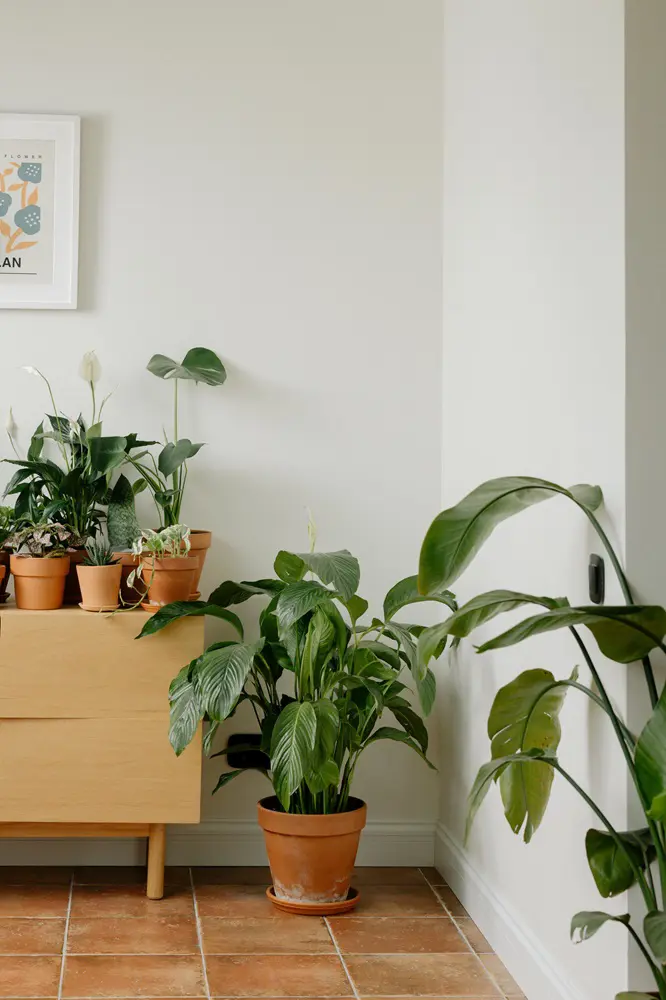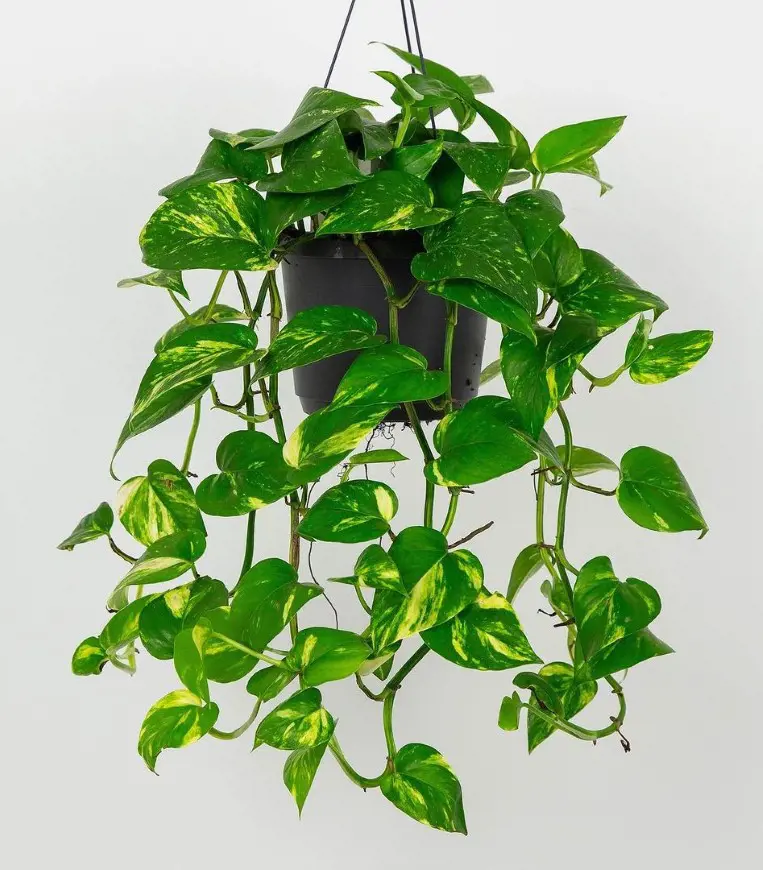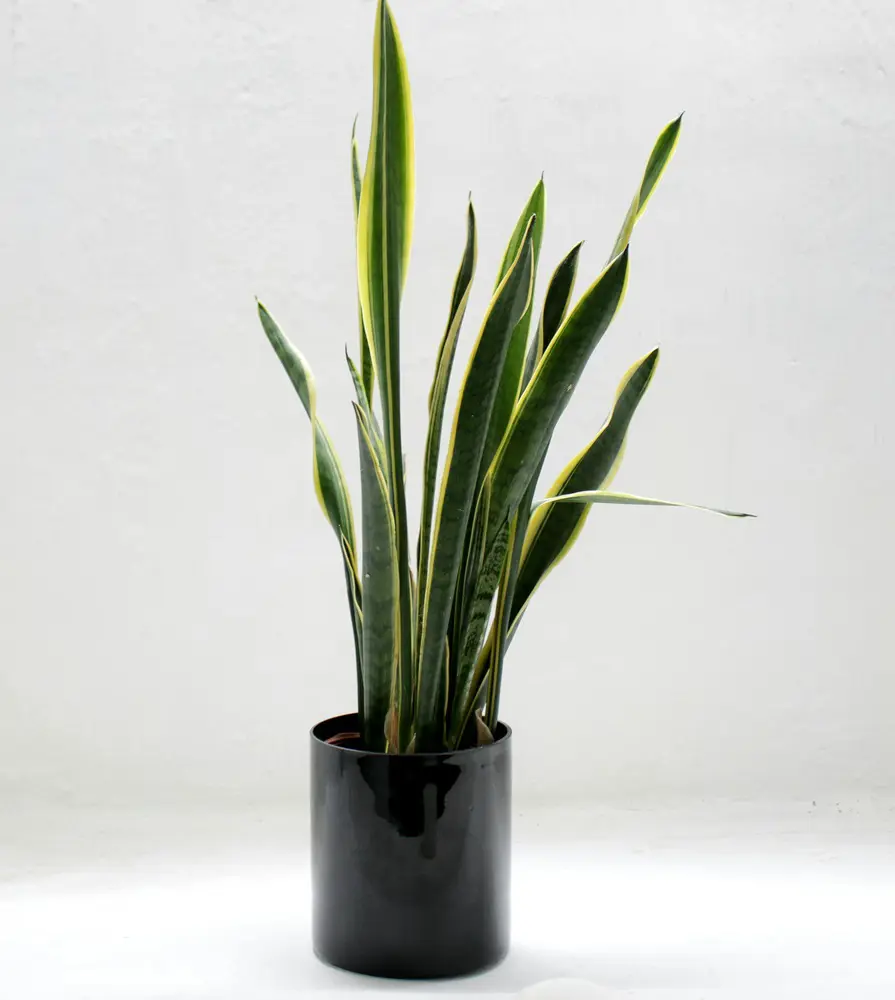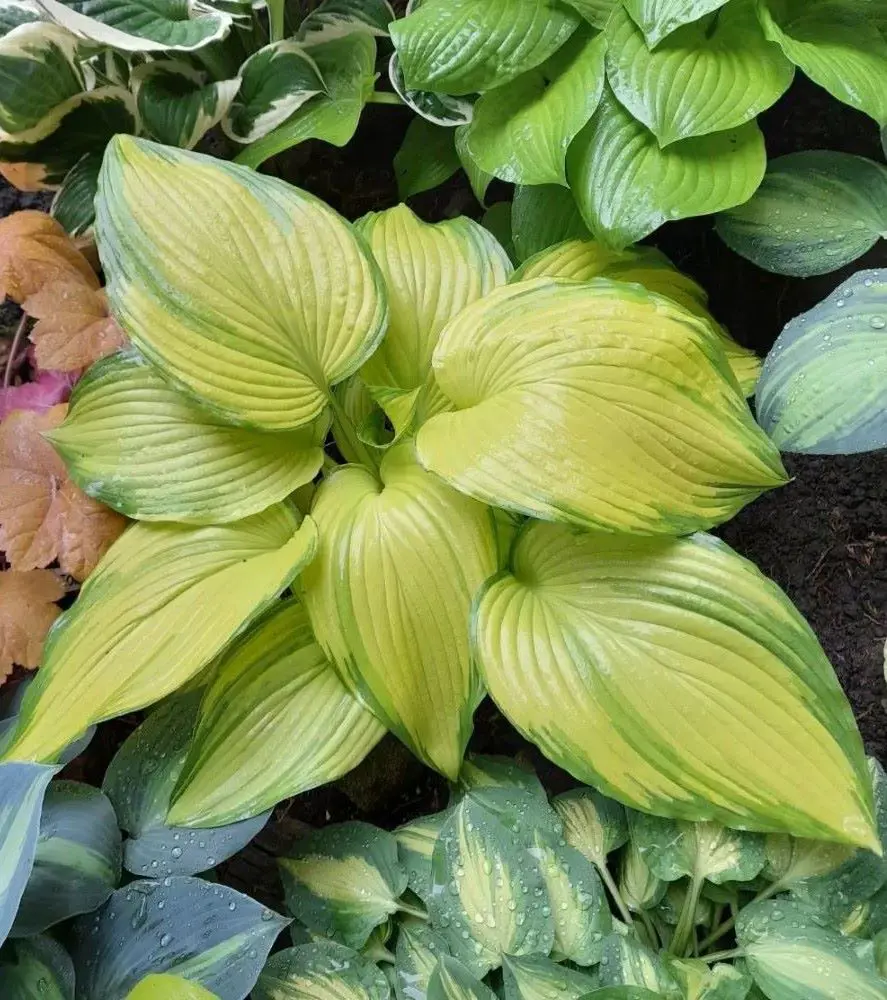How To Care For Swiss Cheese Plant

This post may contain affiliate links. If you make a purchase through links on our site, we may earn a commission.
The Swiss cheese plant, scientifically known as Monstera deliciosa, is a tropical plant native to the rainforests of Central America, particularly from southern Mexico to Panama. It belongs to the Araceae family and is renowned for its large, glossy green leaves that often feature distinctive splits and holes, resembling Swiss cheese, hence its common name.
The Swiss cheese plant is characterized by its large, leathery, heart-shaped leaves, which can grow up to 90 centimeters (35 inches) long and 75 centimeters (29 inches) wide.
Under the right conditions, the Swiss cheese plant produces an edible fruit known as a Monstera fruit. The fruit is green and resembles a large ear of corn with hexagonal scales.
About Monstera Cheese Plant
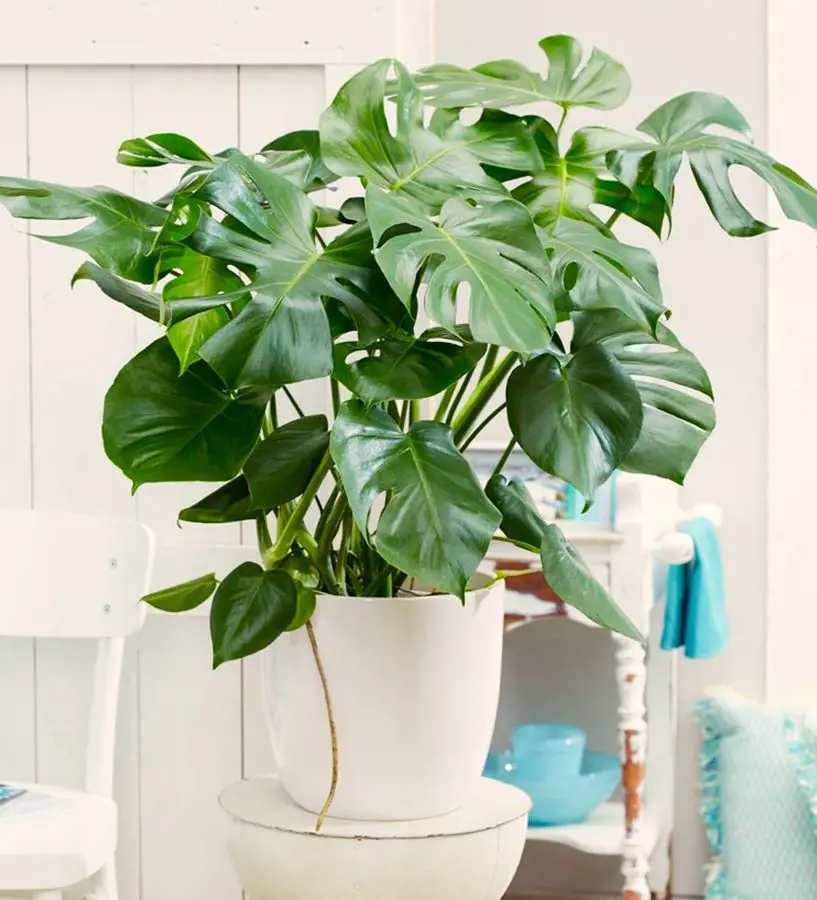
Monstera swiss cheese is an epiphyte, meaning it grows on other plants rather than in soil. However, it can also grow terrestrially, meaning in soil.
It is one of the best indoor climbing vines that uses aerial roots to attach itself to trees or other structures and climb upwards toward sunlight. Indoors, it can be trained to climb on a moss pole or allowed to trail down from a hanging basket.
Their leaves typically have perforations and splits called fenestrations, which are believed to help the plant withstand strong winds in its natural habitat and allow sunlight to filter through to the lower leaves.
Like many other houseplants, Monstera deliciosa is known for its air-purifying abilities. It can help remove indoor air pollutants such as formaldehyde, benzene, and trichloroethylene, thus contributing to a healthier indoor environment. Learn m
Swiss Cheese Plant Care
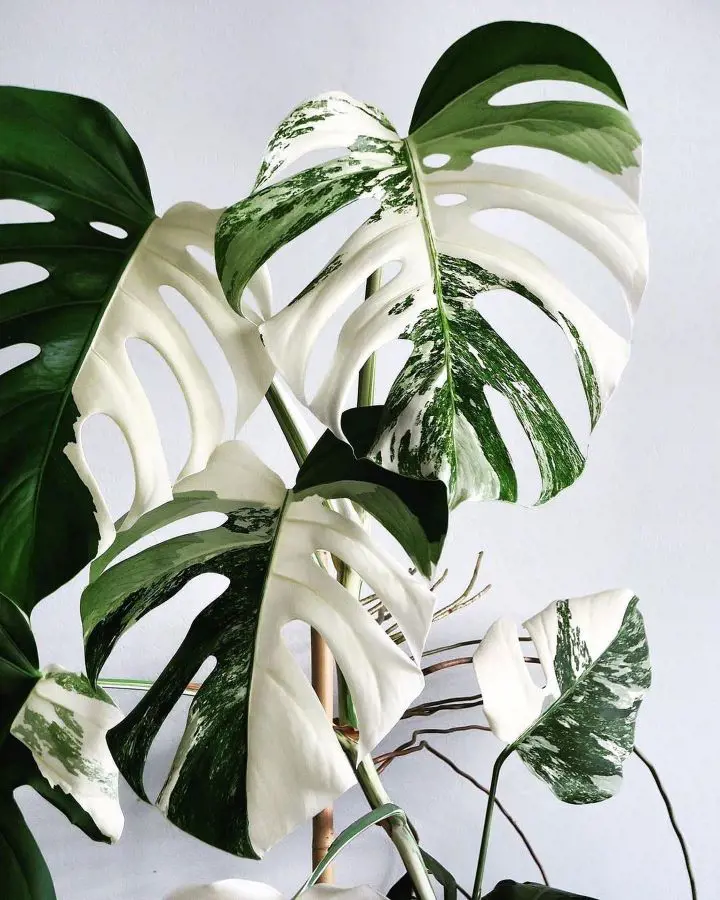
Swiss cheese plants are relatively low-maintenance houseplants, requiring bright, indirect light and regular watering. They prefer well-draining soil and high humidity, which can be achieved through misting or placing a tray of water and pebbles beneath the plant. Regular fertilization during the growing season can promote healthy growth.
However, the care for Swiss cheese plants can vary depending on whether they are grown indoors or outdoors due to differences in environmental conditions. Outdoor care depends on the climate; they do well in partial shade or filtered sunlight in warm, humid climates but may need protection from direct sun in hotter regions.
Give it Bright, Indirect Iight
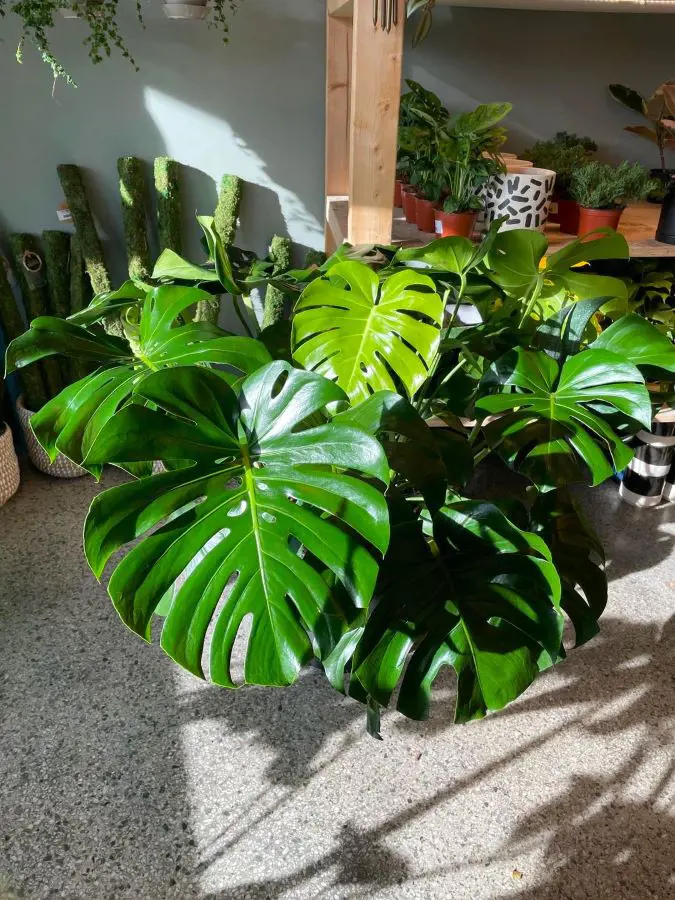
Indoor cheese plant are native to tropical rainforests, so they prefer bright, indirect light. Adequate light is crucial for them as it fuels photosynthesis, the process by which plants convert light into energy. Too much direct sun can scorch the leaves, while too little light can make them leggy and prevent them from developing those beautiful splits in their leaves. A spot near an east- or west-facing window is ideal.
Bonus: Rotate your plant regularly for even growth and sunlight exposure.
Water it When the Soil is Dry to the Touch
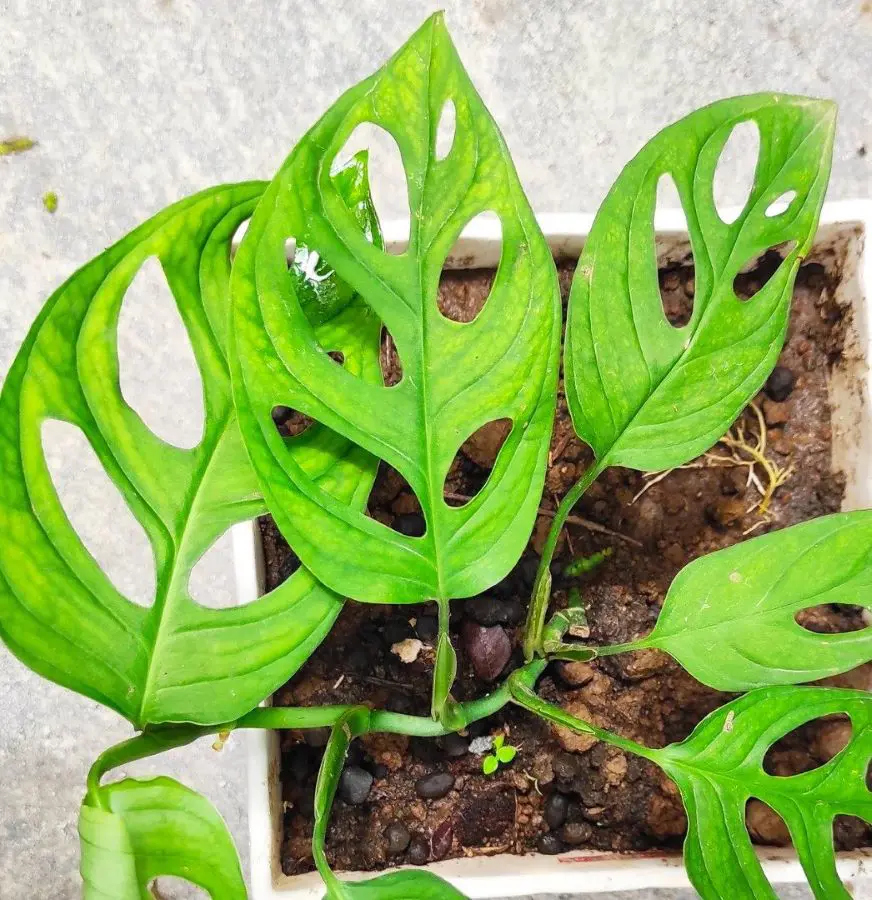
When watering a Monstera plant, it's important to allow the top inch or so of the soil to dry out between waterings. This helps prevent overwatering, which can lead to root rot and other moisture-related issues.
To water your Monstera, thoroughly saturate the soil until water drains freely from the bottom of the pot. Then, allow any excess water to drain away completely to prevent waterlogging.
Bonus: Use a moisture meter for accuracy. Consider bottom-watering to avoid oversaturation.
Use a Well-draining Potting Mix
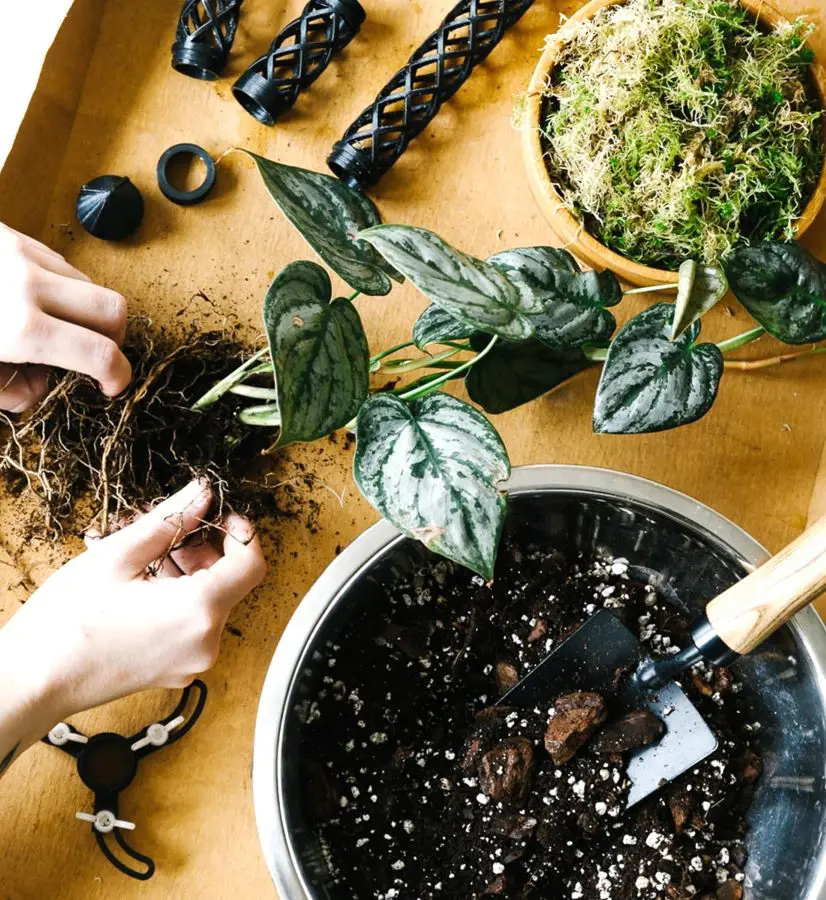
Care for cheese plant requires a well-draining potting mix that helps maintain optimal soil moisture levels while preventing waterlogged conditions that can lead to root rot. Monstera plants, like many tropical species, prefer soil that retains moisture but allows excess water to drain away quickly.
To use a well-draining potting mix for Monstera care, start by selecting a high-quality potting mix specifically formulated for indoor tropical plants. These mixes often contain ingredients such as peat moss, perlite, and bark, which provide good drainage while retaining moisture.
Bonus: Elevate the pot on pebbles for better airflow.
Fertilize it Monthly During the Growing Season
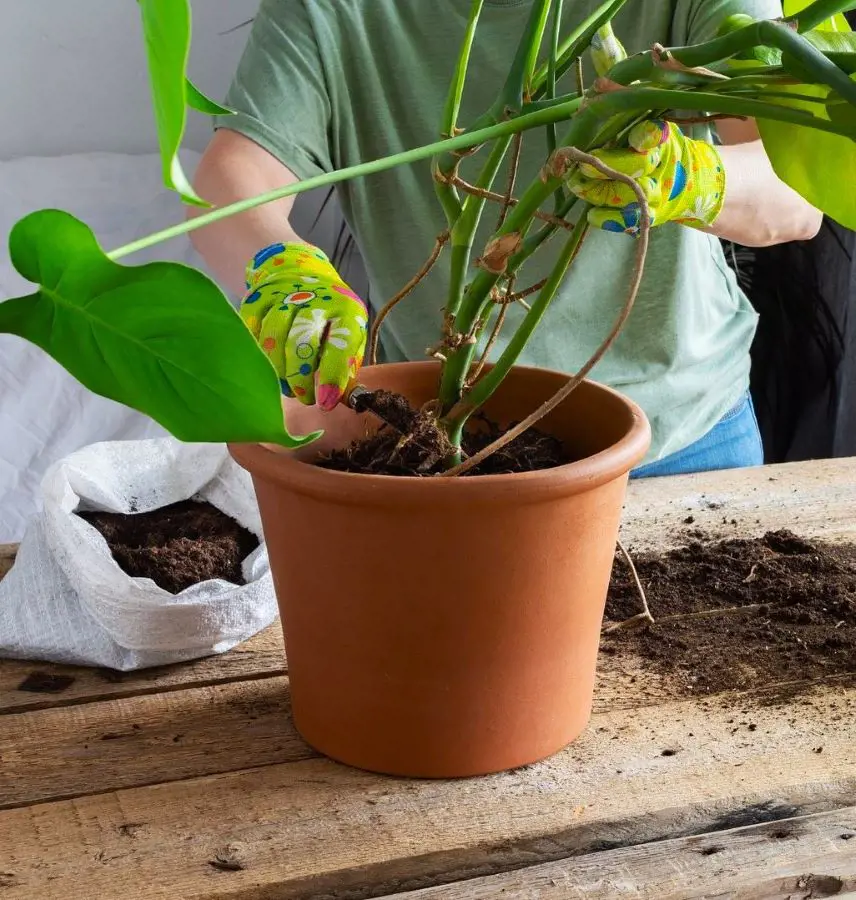
During periods of active growth, such as spring and summer, plants have increased nutrient requirements to support their development and production of new foliage. Fertilizing provides essential nutrients like nitrogen, phosphorus, and potassium, as well as micronutrients that may be lacking in the soil.
These nutrients are crucial for healthy leaf growth, strong root development, and overall plant vigor. Additionally, regular fertilization helps replenish nutrients that may be depleted over time, especially in potted plants where soil nutrients can become exhausted more quickly.
However, it's important not to over-fertilize, as this can lead to salt buildup in the soil, which can damage the roots and harm the plant.
Using a balanced liquid fertilizer diluted to half strength ensures that the plant receives adequate nutrients without risking fertilizer burn.
Bonus: Foliar feeding (misting diluted fertilizer on leaves) can be a good alternative.
Ensure Temperatutre and Humidity
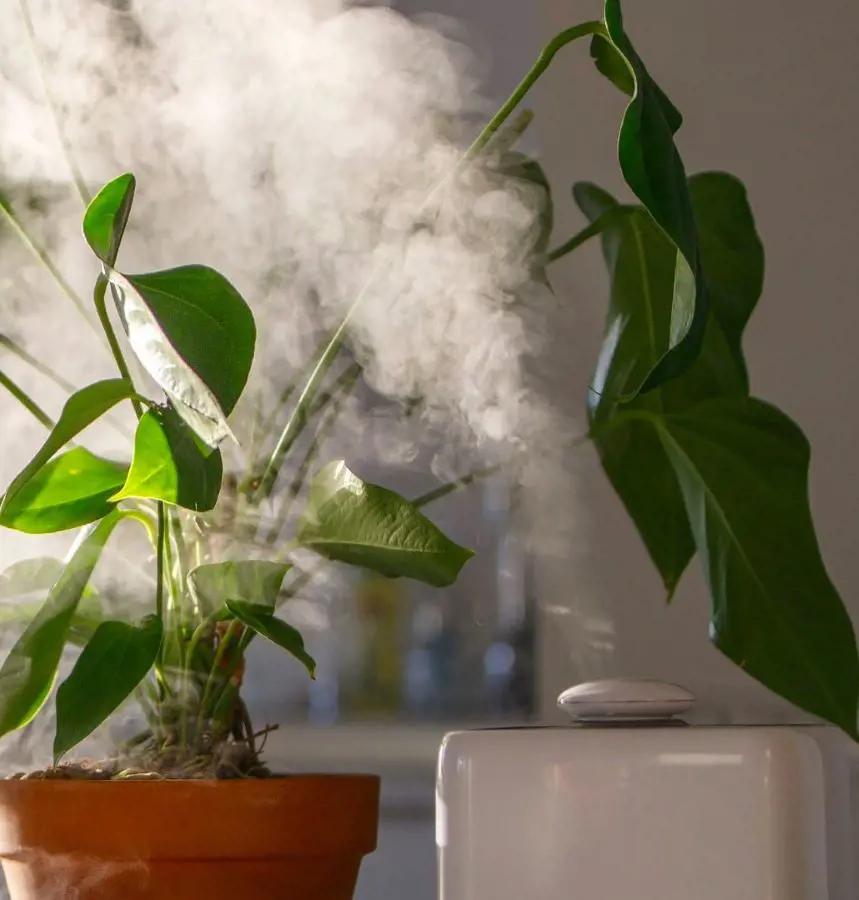
Monstera plants originate from tropical rainforests where humidity levels are high. Adequate humidity helps prevent the plant's leaves from drying out and promotes healthy growth. Insufficient humidity can lead to brown leaf tips, leaf curling, and overall stress, while high humidity levels discourage pests and fungal diseases.
They thrive in temperatures that mimic their native habitat. Consistent temperatures within the optimal range promote healthy growth and minimize stress on the plant. Extreme temperatures, drafts, or sudden temperature fluctuations can shock the plant, causing leaf damage, wilting, and slowed growth.
Bonus: Group humidity-loving plants together to create a microclimate. Once such plants are indoors, corn plants.
Provide Support for Climbing

In their native rainforest habitat, Monstera plants climb up trees using their aerial roots to access better sunlight and nutrients. Providing support for your Monstera plant encourages upward growth, prevents sprawling or drooping, and enhances the overall appearance of the plant.
Additionally, climbing plants often produce larger and more mature leaves when supported, contributing to a lush and full-bodied appearance. Lack of support can lead to drooping or bending stems, uneven growth, and a less aesthetically pleasing appearance.
Bonus: Secure the aerial roots to the support structure for stability and nutrient absorption.
Wipe Down the Leaves
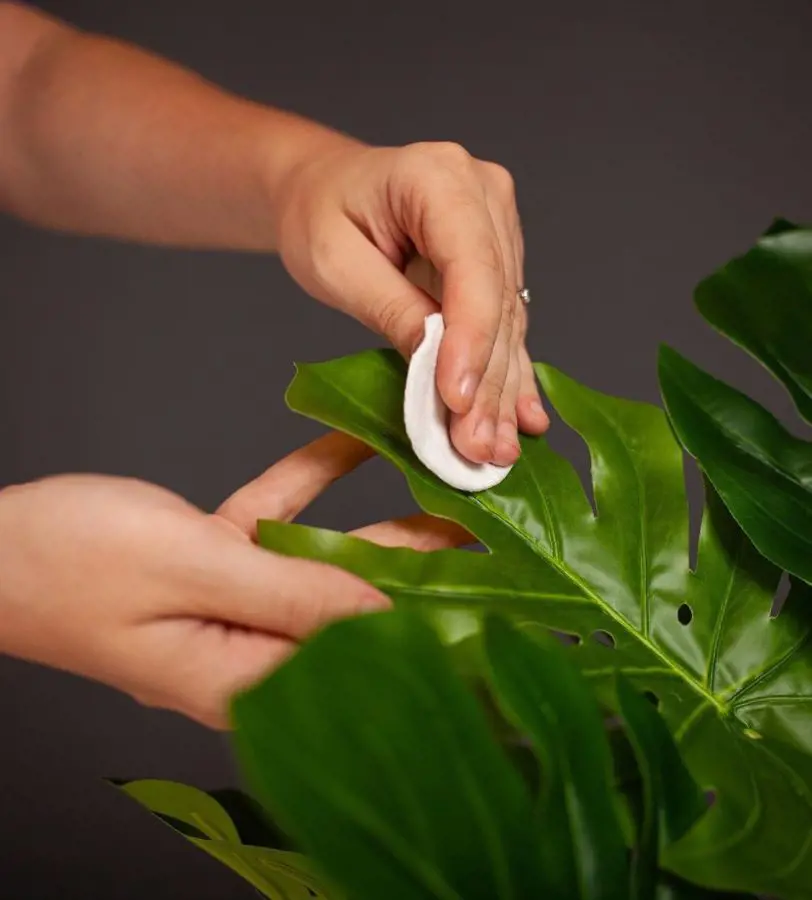
Monstera swiss cheese plant care benefits a lot from cleaning the leaves. First and foremost, it helps keep the foliage clean and free from dust, dirt, and other debris that can accumulate over time.
Dust buildup on the leaves can block sunlight and hinder the plant's ability to photosynthesize efficiently, potentially slowing down growth and affecting overall health.
Additionally, wiping down the leaves can help prevent pests such as spider mites, mealybugs, and aphids from taking up residence on the plant. To wipe down the leaves of a Monstera plant, you can use a soft, damp cloth or sponge.
Bonus: Use warm water with a few drops of neem oil for added pest protection.
Repot it Every 2-3 Years
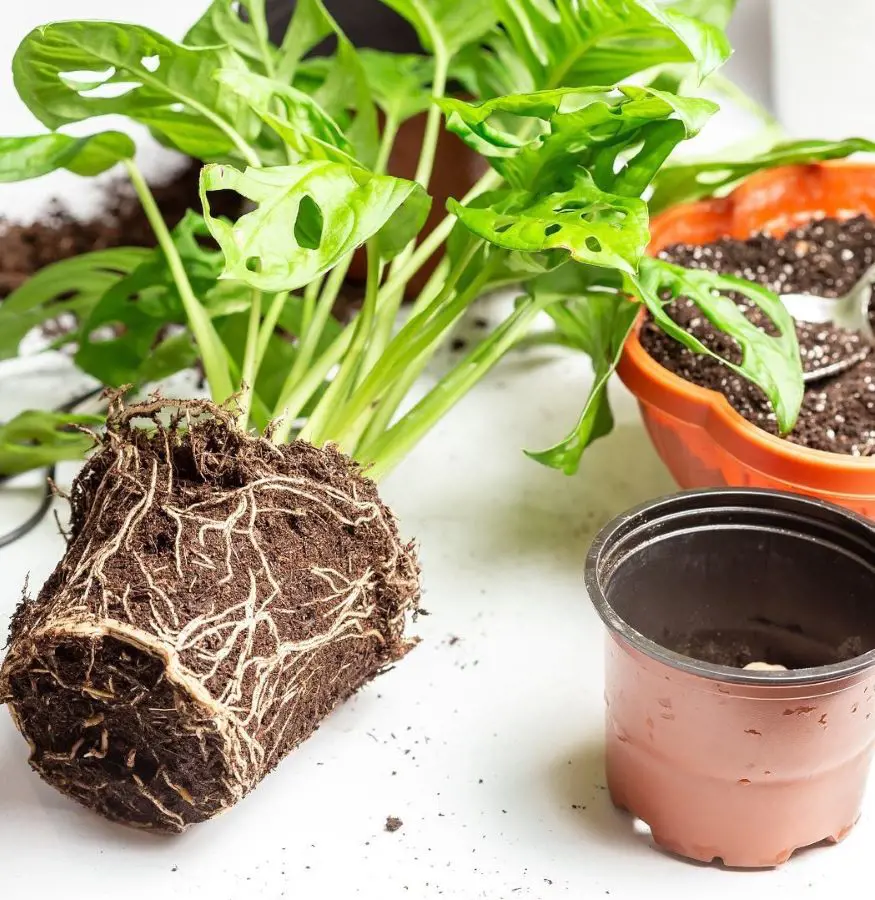
As Monstera plants grow, their roots expand and fill the pot, potentially becoming root-bound. Repotting allows the roots to spread out into fresh soil, providing them with more space to grow and access essential nutrients and moisture.
To repot your Monstera plant, follow these steps:
- Choose a slightly larger pot with drainage holes compared to the current one.
- Prepare a well-draining potting mix suitable for Monstera plants.
- Carefully remove the Monstera plant from its current pot by gently loosening the roots and tapping the pot's sides to release the root ball.
- Inspect the roots for any signs of damage, rot, or pests. Trim away any dead or rotting roots with clean scissors or pruning shears.
- Place a layer of fresh potting mix at the bottom of the new pot, then position the Monstera plant in the center.
- Water the newly repotted Monstera thoroughly to settle the soil and hydrate the roots.
- Place the repotted Monstera in a location with appropriate lighting and humidity levels, and continue to provide regular care as usual.
Regular Pruning for Growth
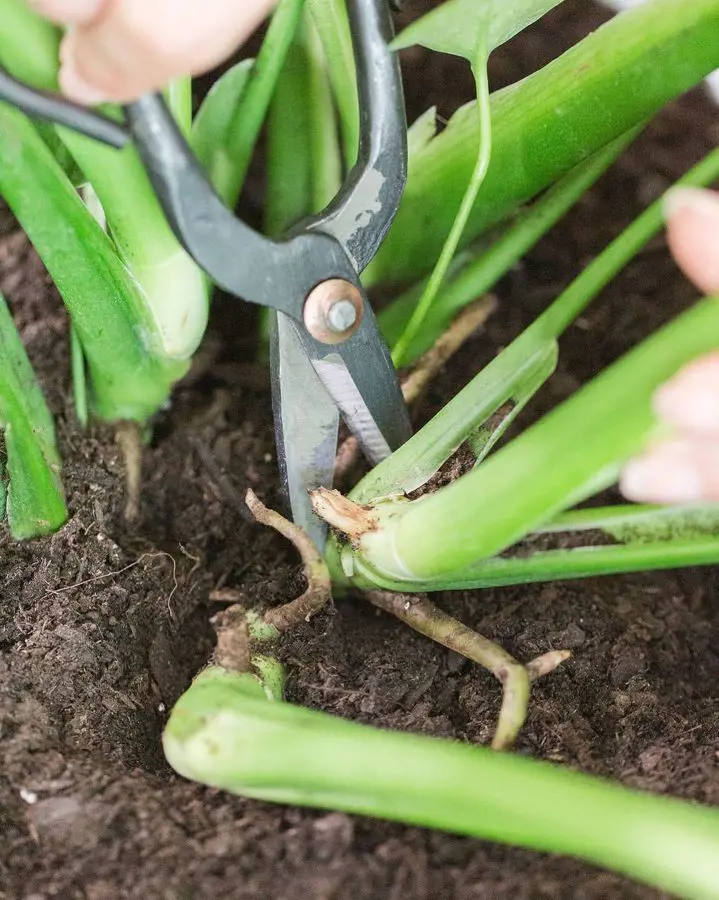
Regular pruning helps maintain the Monstera plant's shape, remove dead or damaged foliage, and encourage new growth. Pruning also helps improve air circulation around the plant, reducing the risk of pests and diseases.
Neglecting pruning can result in overcrowded growth, decreased airflow, and an overall decline in the plant's health and appearance. Use sterilized shears to cut just above a leaf node and remove no more than 25% of the plant at once.
Bonus: Pinch off new growth tips to promote branching.
Monitor Pests
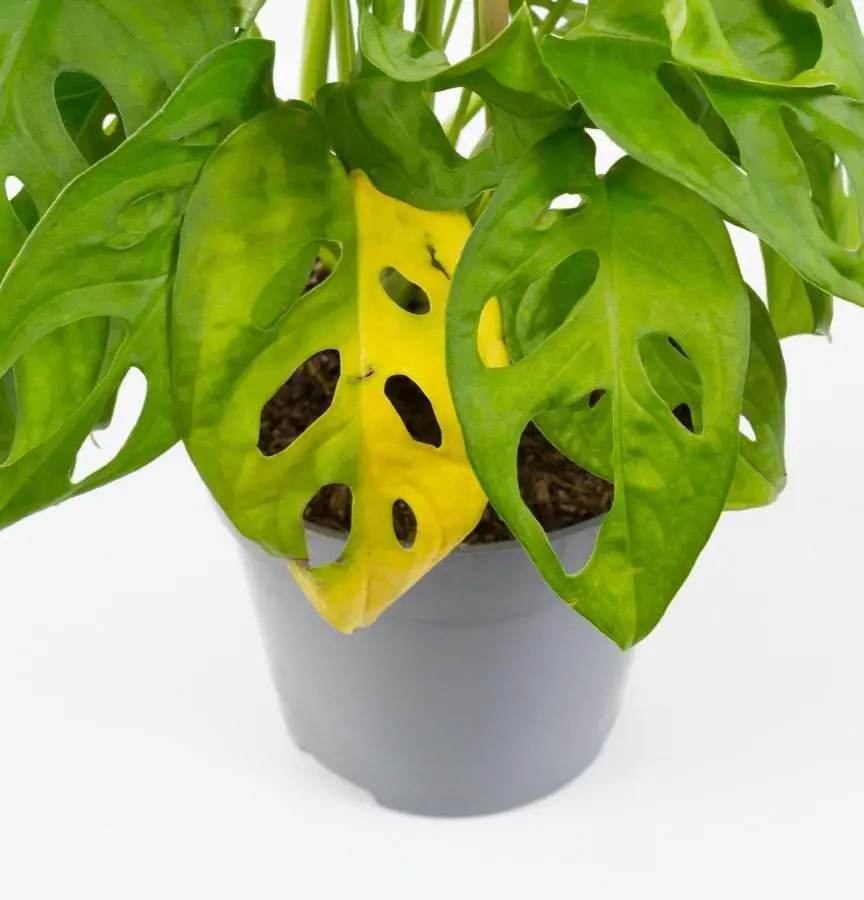
Regular monitoring for pests helps detect infestations early and prevent damage to the plant. Pests like spider mites, mealybugs, and scale insects can weaken the plant, stunt growth, and spread to other plants if left unchecked. Prompt treatment with natural or chemical insecticides helps control pests and protect the plant's health.
Bonus: Encourage natural predators like ladybugs and lacewings.
Propogate for Expansion
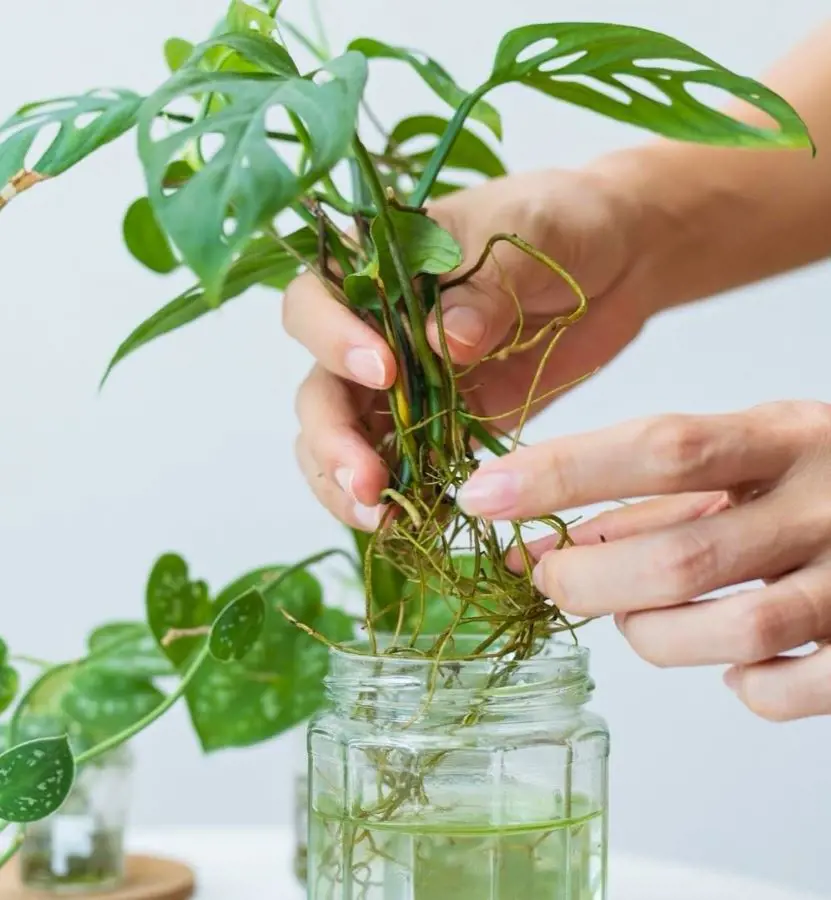
Propagating Monstera plants can rejuvenate older or leggy specimens. By taking cuttings from healthy parts of the plant and rooting them, you can promote new growth and revitalize the overall appearance of the plant.
If these large indoor plants have damaged or diseased stems or leaves, propagation allows you to remove the affected parts and replace them with healthy new growth.
To propagate a Monstera plant, follow these steps:
- Select a healthy stem cutting: Choose a cutting with at least one node (where leaves emerge) and one aerial root if possible.
- Prepare the cutting: Use clean scissors to make a clean cut just below a node, and remove any damaged or unhealthy leaves.
- Rooting medium: Place the cutting in water or moist potting mix, ensuring the node and aerial root (if present) are submerged or covered.
- Root development: Keep the cutting in a warm, bright location with indirect sunlight. Change the water regularly if it is propagating in the water.
- Transplanting: Once roots have developed, transplant the cutting into its pot with well-draining soil.
- Acclimation: Keep the newly potted cutting in a warm, humid environment with indirect sunlight, and keep the soil consistently moist.
Keep the Plant Out of Reach of Children and Pets

Houseplant monstera contains insoluble calcium oxalate crystals, which are toxic to humans and pets if ingested. These crystals can cause irritation, swelling, and discomfort in the mouth, throat, and digestive system. Symptoms can range from mild to severe and may include:
- Oral irritation, burning, and pain
- Drooling
- Difficulty swallowing
- Vomiting
- Nausea
- Diarrhea
If you suspect your pet or child has ingested any part of the plant, seek immediate medical attention.
Prevention:
- Keep the plant out of the reach of pets and children.
- Supervise young children closely around the plant.
- Teach children not to put plants in their mouths.
- Consider placing the plant in a high location or pet-proofed area.
Types of Monstera
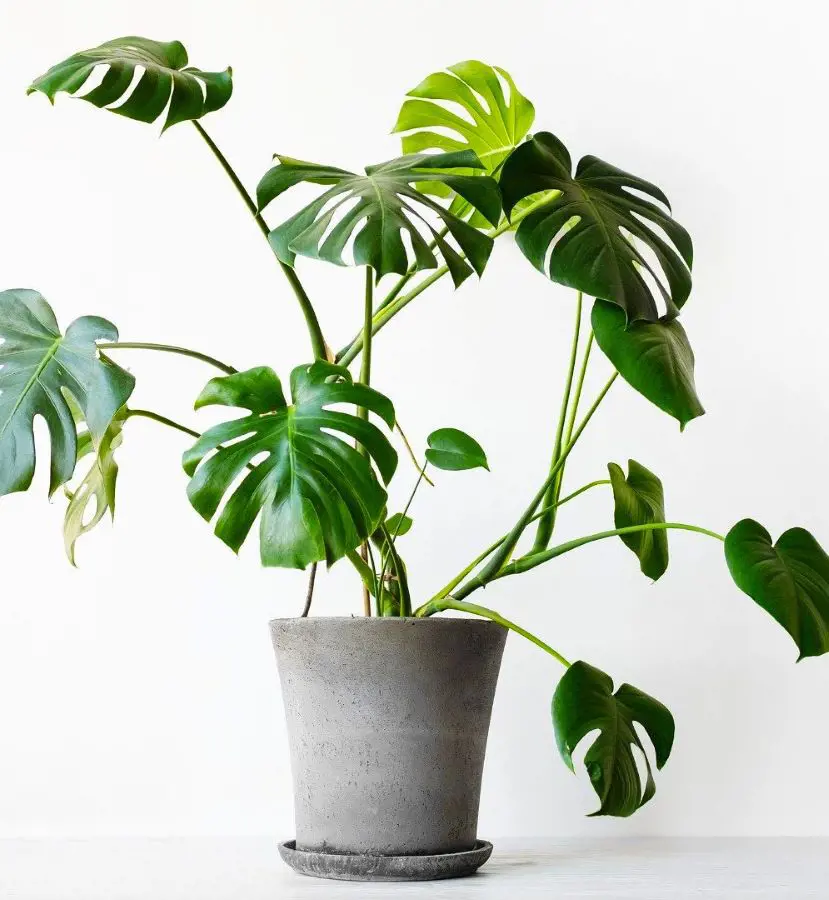
Besides Monstera deliciosa, there are several species within the Monstera genus. Some of the most well-known types of Monstera include:
Monstera adansonii
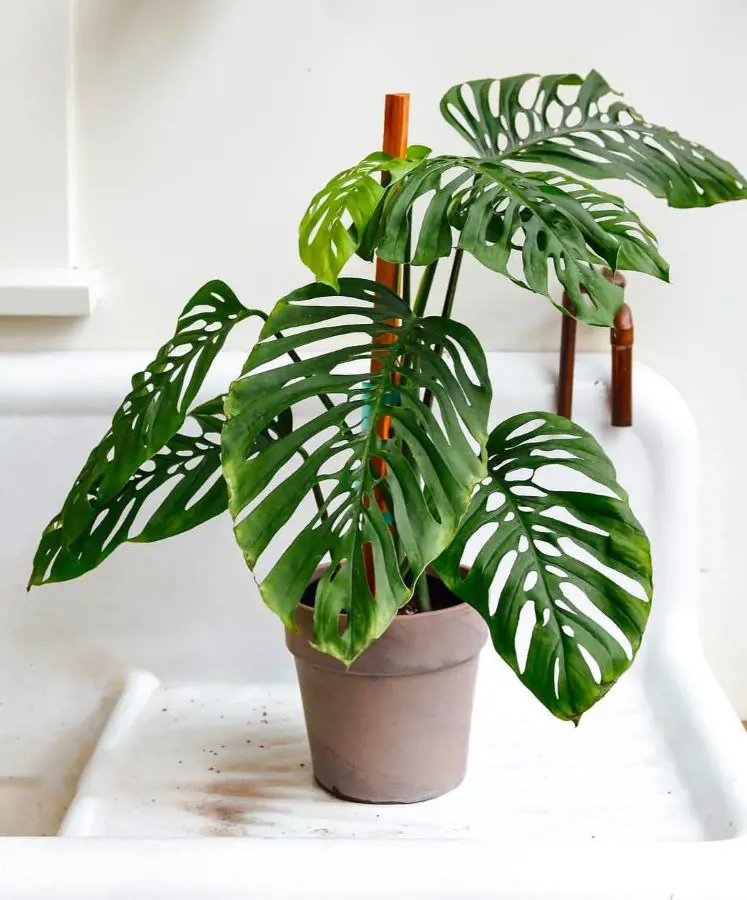
Monstera adansonii care requires indirect light, careful watering, and high humidity, among others. Also called the Swiss cheese vine or five-hole plant, Monstera adansonii is characterized by its smaller leaves with more intricate fenestrations (splits and holes). The leaves are typically heart-shaped and have five or more distinct holes. This species is often grown as a trailing vine or climbing plant.
Monstera obliqua
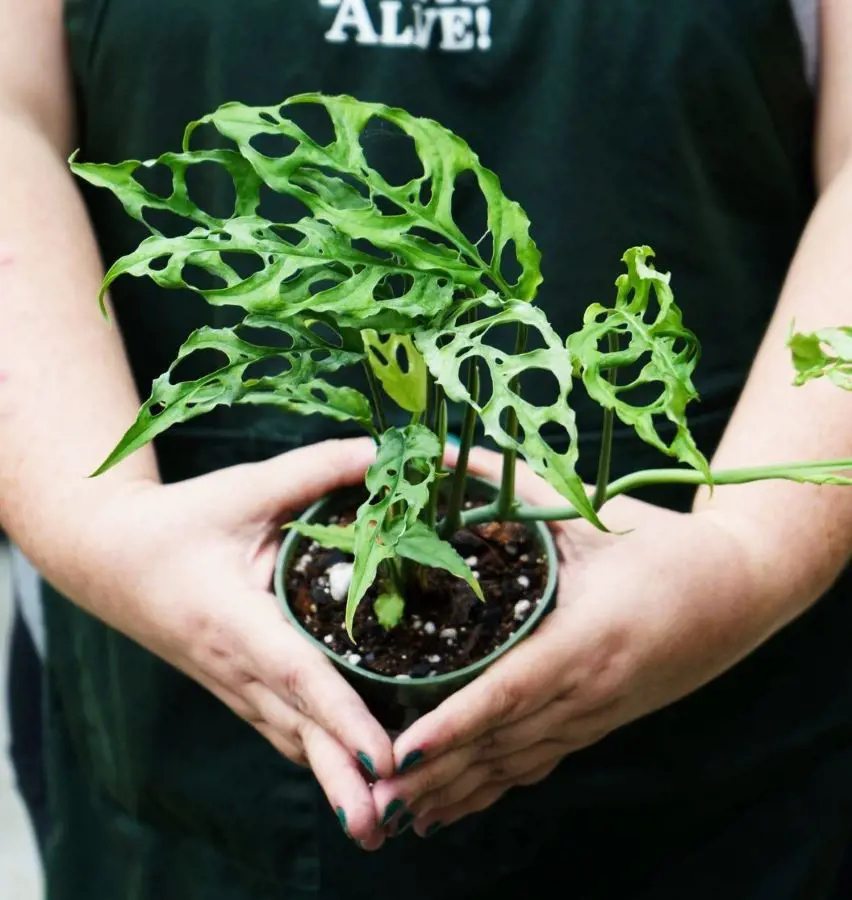
Monstera obliqua is known for having the largest and most numerous fenestrations of any Monstera species. Its leaves are delicate and perforated, with numerous irregularly shaped holes. This species is highly sought after by collectors but can be challenging to cultivate due to its specific care requirements.
Monstera siltepecana
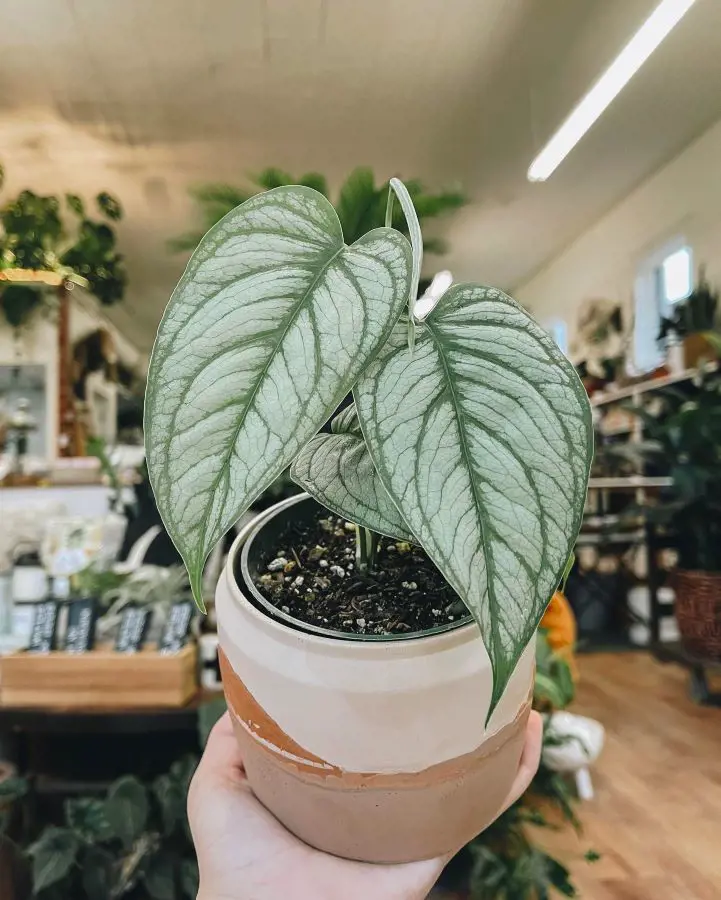
Monstera siltepecana, also known as the silver leaf Monstera, is named for its striking silver-green foliage. The leaves are elongated and have distinct silver veining, adding a unique decorative element to indoor spaces. This species is often grown as a houseplant or in tropical gardens.
Monstera sp. Peru
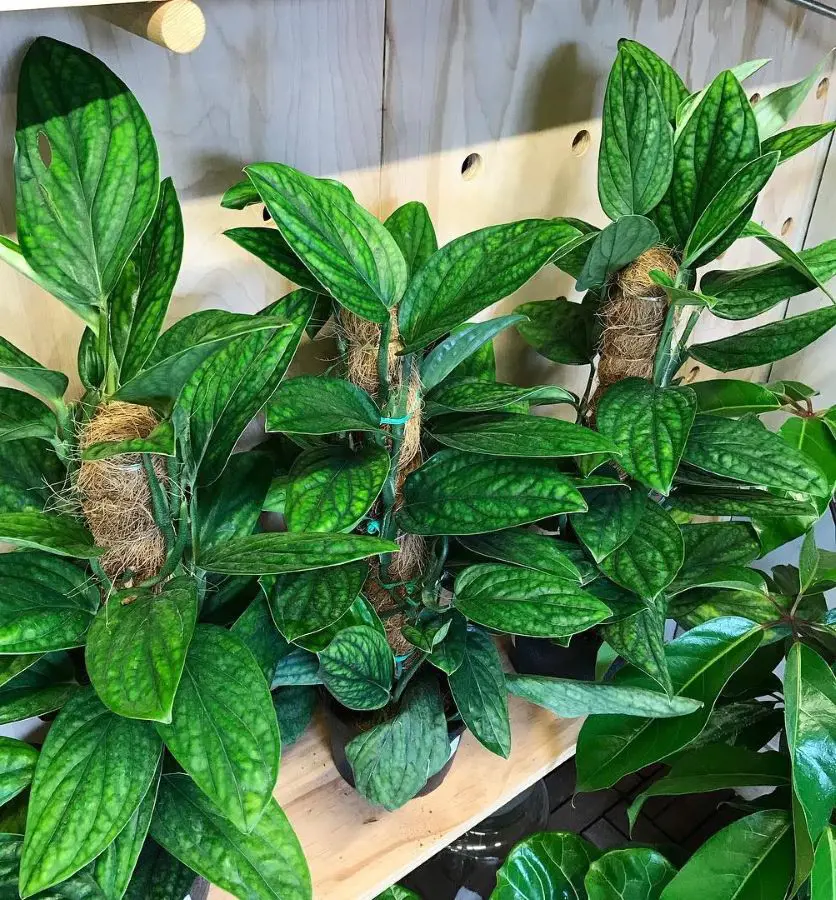
Monstera sp. Peru is a rare and highly coveted species known for its deeply serrated leaves and compact growth habit. The leaves are typically dark green and deeply lobed, with pronounced splits and serrations along the edges. This species is prized by collectors for its unique appearance.
Recent posts
Plant Care
Plant Care
How To Grow and Care For Peace Lily Plant
The Peace Lily is an indoor plant that is most valued for its beautiful and shiny green leaves as well as the white blooms. Hard and tolerant, it’s naturally a low-maintenance addition to your plant collection. If you are confused, let us tell ...
Plant Care
Pothos Plant Care And Growing Guide
Adding a Pothos plant (Devil’s Ivy) to your home benefits the environment and aesthetic of your personal space. It's easy to maintain and is loved for it's ability to enhance indoor air quality by removing toxins like formaldehyde, benzene, and...
Plant Care
Snake Plant Care and Growing Guide
Snake plants require low maintenance, and low light and are almost impossible to kill, making them a perfect plant for beginners and seasoned gardeners. In this guide, we will explore essential care tips and optimal growing conditions for snake plant...
Plant Care
Orchid Plants Care: 11 Tips And Tricks You Should Follow
If you love gorgeous orchids but are worried they're too high-maintenance, don't worry. This guide is like a cheat sheet for orchid newbies. Forget fancy words and confusing schedules—we're talking about 11 easy tips to keep your orchid happy a...
Plant Care
How To Plant, Grow and Care Majesty Palm
The majestic palm, scientifically known as Ravenea rivularis, makes for a stunning indoor tree with its lush and grand fronds. Originating from Madagascar's river banks, this resilient houseplant is cherished not only for its beauty but also for its ...
Plant Care
How To Grow And Care For A Hosta Plant
Hosta plants are widespread perennials, often grown for their beautiful and diverse foliage. They are extremely easy to care for and can thrive in various conditions, particularly shade or semi-shade. These hardy plants can last for many years and re...
